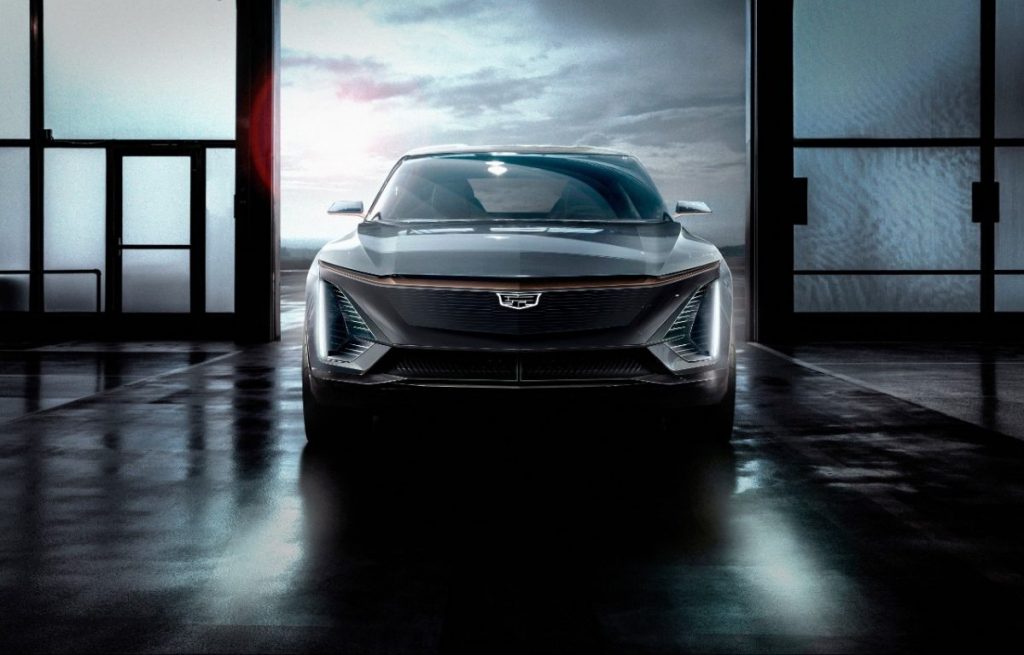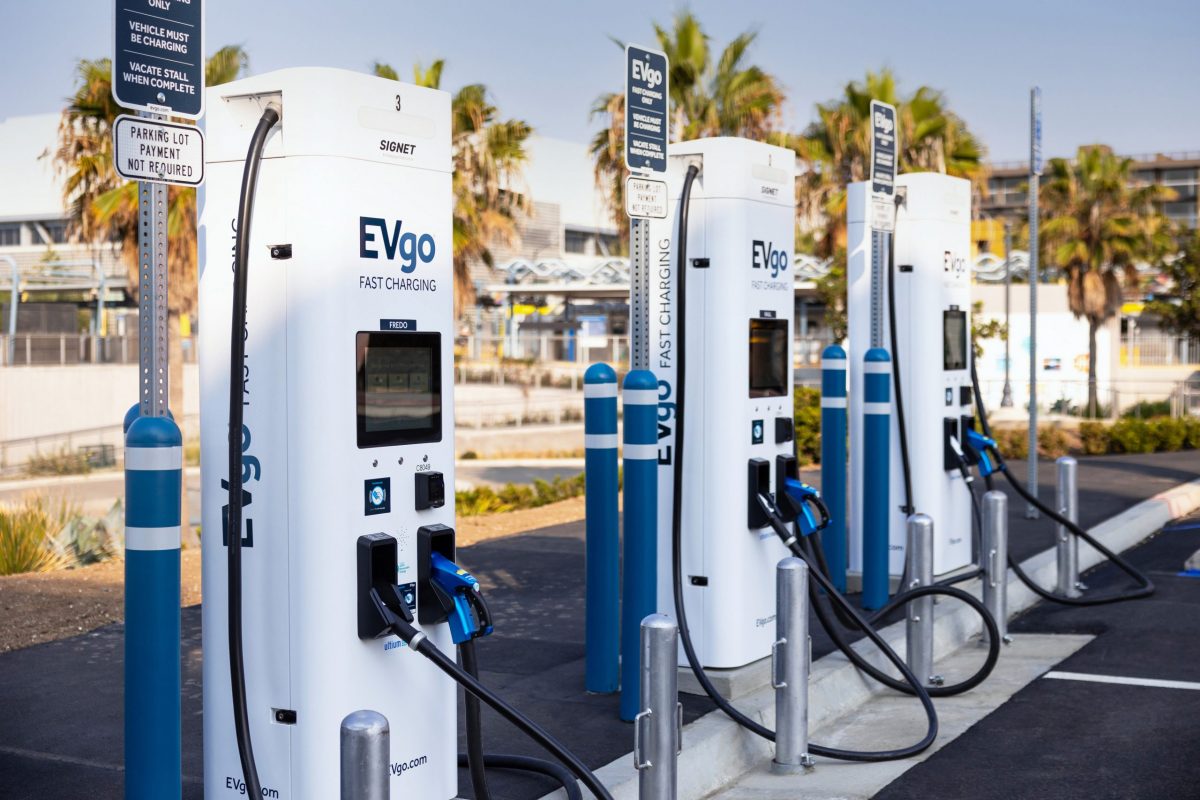There may be no greater symbol of US manufacturing’s rise and decline than Lordstown, Ohio. The factory GM built in a cornfield there in 1966 became a pillar of the regional economy, eventually producing over 16 million vehicles before it closed in 2019. That devastating closure is estimated to have cost the region US$8bn in economic activity and nearly 8,000 jobs.
Now Lordstown represents something new: the hope for a US manufacturing comeback. Specifically, for a “battery-powered economic revival” ushered in by the purchase of the facility last year by an electric vehicle (EV) start-up called, fittingly, Lordstown Motors.
While there may be some cause for celebration, the move towards EV is still littered with risk. With 30-40% fewer parts than gasoline-run vehicles—and different skills required to produce them—EVs threaten to take away more jobs and economic output than they create. And not just for big auto plants like Lordstown’s. Lower tiers of the automotive supply chain, representing the livelihoods of thousands of small- and medium-sized manufacturers, could see their business models upended as well.
And there’s no guarantee the EV supply chain will put down roots here. Tesla and Rivian aren’t going to buy parts from American manufacturers out of pure patriotism. And the US—unlike the EU and China—still doesn’t have a comprehensive plan to help homegrown EV manufacturers or their workers compete: Chinese production alone, for instance, now represents more than half of global lithium battery cell manufacturing capacity.
With 30-40% fewer parts than gasoline-run vehicles—and different skills required to produce them—EVs threaten to take away more jobs and economic output than they create
A slew of recent articles have suggested the federal policies necessary to jumpstart US EV production and consumer demand; if President Biden’s early actions, including a goal of 500,000 public chargers by 2030 and net zero emissions by 2050, are any indication of the collective will, perhaps we’ll get there.
Meanwhile the business press is breathlessly covering the flood of EV-related start-ups pouring into a wide-open space. The entrepreneurs and venture capitalists in Silicon Valley, New York, Austin and Chicago know a big opportunity when they see it, and they have the innovation chops to seize it.
But there has been less talk about the small- and medium-sized auto manufacturers that risk losing their business to the coming wave of EVs. Can they save themselves—and help revive the communities like Lordstown, that have counted on manufacturing for so long?
The fact of the matter is, contrary to what some doomsayers might think, these manufacturers can seize the EV opportunity. They can prevail over low-cost Chinese competitors and venture-backed Silicon Valley start-ups. But they must act now.

Double down on technology investments that can help you pivot—while you still can
Unlike start-ups, small- and medium-sized businesses likely have some cash reserves they can use to invest in new, versatile, and adaptive Industry 4.0 technologies (e.g., collaborative robots, production-line sensors and data-analytics technology). Now is an ideal time to make those investments.
Many manufacturers have hesitated to invest in technology because they’re uncertain when, or if, they’ll see a return. Those in the automotive supply chain already should make those investments while they still have the contracts. The technology itself should do the rest, by making it easier to adapt production lines to EV-related products in the years to come. And even for those who lose out on the big EV contracts, or decide to pass on them, the technology can help sell their existing products at lower prices—Industry 4.0 technology in some cases can enable manufacturers to sell their products as much as 70% cheaper—and more easily diversify their offerings.
Manufacturers must return to their entrepreneurial roots—and we must support them
To make something completely new—without a track record of success or the cost optimisation that comes with years of fine-tuning production—manufacturers that want to grab a piece of the EV market will have to differentiate themselves.
For small- and medium-sized auto manufacturers in particular, that means dusting off their value propositions and getting back to their entrepreneurial roots: assessing the competition, figuring out where you can either fill a gap in the market or make a better or cheaper product, then beefing up marketing with digital tools. All the things you do when you’re launching a new business, in other words.
Tesla and Rivian aren’t going to buy parts from American manufacturers out of pure patriotism
While individual factory owners and leaders must get entrepreneurial, their community leaders can’t just stand on the sidelines playing cheerleader. They need to focus on building collaborative ecosystems that support small- and medium-sized manufacturers with infrastructure, talent development and R&D.
In Mahoning Valley in Northeastern Ohio, for instance, schools superintendent Terry Armstrong plans to bring college-level EV classes to local high schools. As he told WOSU last year, speaking on the new EV economy, “We want to be a part of it. We want to support them, and we want our people to be their workers of the future.”
Dynamic collaboration may be the key to driving higher-quality value propositions and differentiation. That became evident last year, when the Ohio Manufacturing Alliance to Fight Covid-19 designed and built a local supply chain for a new reusable face shield in less than two weeks.
Make the most of what you already have
When Lordstown Motors took over the GM plant, it had a few advantages: a talent pool of skilled, experienced workers looking for jobs, pre-existing quality standards and certifications, and machines once used to make the Chevy Cruze that they could adapt to produce their electric pick-ups.
These same advantages give many small- and medium-sized manufacturers a leg up on new entrants into the space. Knowing how to make the most of them—by retraining workers, updating machinery to make it more versatile, or investing in new technologies to drive up productivity and quality—is where these manufacturers can begin to differentiate themselves, and how they can become a pivotal part in America’s electric future.
The opinions expressed here are those of the author and do not necessarily reflect the positions of Automotive World Ltd.
Dr Ethan Karp is President and CEO of non-profit consulting group MAGNET, the Manufacturing Advocacy and Growth Network. Prior to joining MAGNET, Ethan worked with Fortune 500 companies at McKinsey & Co
The Automotive World Comment column is open to automotive industry decision makers and influencers. If you would like to contribute a Comment article, please contact editorial@automotiveworld.com



